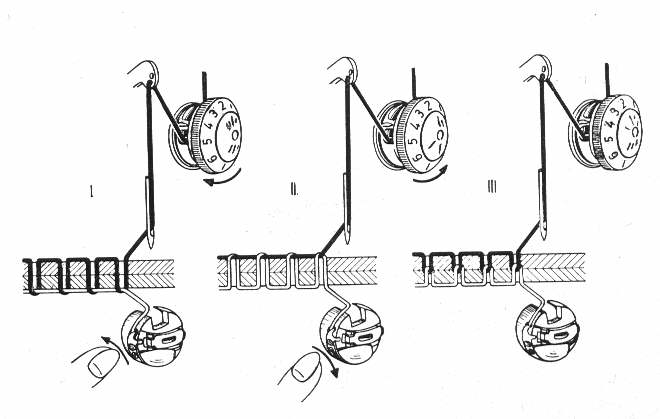I have a singer model 9005. I work next door to a thrift store and it was on their back donation dock. Top cover was half popped off and it had thread bird nested and coming from nearly every hole on the machine, they said it wouldn’t work and gave it to me free. I pulled all the thread out of it (it was only threaded incorrectly) and slammed he top cover back, googled how to properly set it up and it purrs like a kitten. I don’t know it’s limits, but I do know that 1” tubular webbing folded over on itself is a piece of cake. He thickest I’ve sewn with it was 2 pieces of seatbelt with a piece heavy cordura-like material sandwiched between them. The thinnest I’ve sewn was a coffee filter. I use thick Coats Upolstery thread for my stuff and it’s never let me down. Can’t beat it for free ha. I don’t know if the gears are metal or plastic, and the motor isn’t real strong, but that’s only at slow speeds with thick materials. Sometimes the starting hole is a bit much for the motor, but I can hand-crank the wheel for he first needle drop, then hammer down on it and I guess momentum carries it on through the rest of the way haha
Sent from my iPhone using Tapatalk
Sent from my iPhone using Tapatalk







